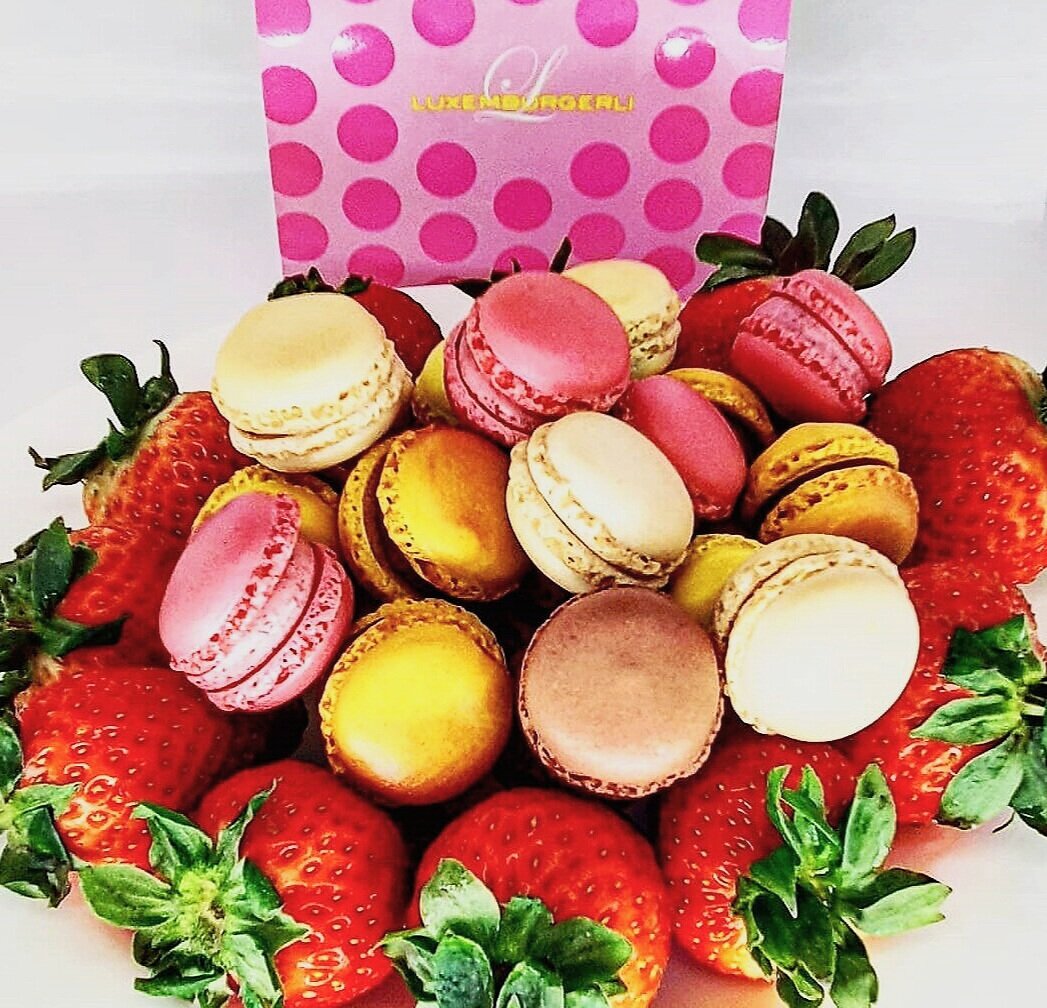Swiss Food specialties
Here is a list of Swiss food specialties that I recommend trying while you visit Switzerland.
The tour pairing indicates on which tours the dish is usually available for purchase.
Please note that your meals and drinks are not included in the tour price.
Cheese fondue
The traditional cheese fondue is probably the most famous Swiss dish. The earliest known recipe for this dish was published in the year 1699.
A mixture of at least two cheeses are melted, and white wine is added. Often the fondue is refined with a little bit of kirsch.
The fondue is served in a communal pot. Unless you are a big group, you will get just one pan of fondue per table. The amount of cheese in it varies depending on how many people are eating.
While on the table, the fondue is kept hot on a portable stove.
Common variants/mixtures
Vaudoise: Gruyère cheese
Fribourgeoise: Vacherin fribourgeois cheese, wherein potatoes are often dipped instead of bread. This is the only cheese fondue that does not use wine. The cheese is melted in a few tablespoons of water over low heat.
Moitié-moitié: (or half and half), also called Fondue Suisse: Gruyère and Fribourg vacherin cheese
Neuchâteloise: Gruyère and Emmental cheese
Innerschweiz: Gruyère, Emmental, and Sbrinz cheese
Genevoise: Gruyère (preferably of several stages of maturity) with a little Emmentaler and Valais cheese. Sometimes chopped sautéed morels are added.
Interlaken: Gruyère, Appenzeller, Emmental cheese
Appenzeller: Appenzeller cheese with cream added
Tomato: Gruyère, Emmental, crushed tomatoes, and wine
Spicy: Gruyère, red and green peppers, with chili
Mushroom: Gruyère, Fribourg vacherin, and mushrooms
Tour pairing: Fondues are available on the Zermatt & Gornergrat and the Jungfraujoch tour (not all the above mentioned mixtures).
Rösti
A potato dish in the style of a fritter.
Röstis are made with grated potatoes and are often shaped in the pan during cooking.
Many people consider Rösti as a national dish and available in many restaurants as a side dish to the main course.
In some regions, it`s also popular to serve Rösti as a main course with additional ingredients such as bacon, fried or sunny side up eggs.
Tour pairing: Available on following tours: Jungfraujoch, Mt. Schilthorn, Mt. Titlis, Mt. Säntis & Appenzell & Zermatt & Gornergrat
Käseschnitte
The Swiss version of a cheese toast
A fried or baked slice of bread is covered with lots of melted cheese.
The Käseschnitte is served either plainly or in combination with other ingredients such as ham and sunny side up eggs and onions. Often there are different versions to choose from on the menu.
This dish is most popular in the Canton of Valais.
Tour pairing: Zermatt & Gornergrat
Älplermagronen
Swiss alpine macaroni
The plates of macaroni are served on a cheese sauce and with potatoes and onions. Apple puree is served aside.
Pasta has found the way to the central Alps during the construction of the Gotthard tunnel, which started in 1872 as a lot of Italian workers came to Switzerland.
This dish became very popular with Alpine herdsmen as the ingredients were easy to transport and store with a long shelf life.
Tour pairing: Available at the Mount Pilatus Golden round trip, Jungfraujoch, and the Mount Stanserhorn tour.
Raclette
Yes, more melted cheese! First mentioned in a medieval text from 1291, Raclette was initially consumed by peasants in the Cantons of Valais and Fribourg and eaten with bread. Traditionally the cheese is heated over an open fire. These days, a special device is often used to melt the cheese. Once the top of the cheese block is melted, it will be scraped on to the diners' plate, where it is served with potatoes, cornichons, and pickled onions. Another modern way to serve Raclette, especially for small parties and at home, is an electric table-top grill with small pans where the cheese is melted in.
Tour pairing: Zermatt & Gornergrat
Schnitzel Cordon bleu
A schnitzel filled with ham and melted cheese? We got it!
According to a legend, this dish was invented in the city of Brig in the 1930s.
Until today this is a popular dish that you can find in many restaurants serving local food.
In the traditional recipe, veal meat is used. Today there are also versions with chicken or pork meat available.
Tour pairing: Mt. Pilatus & Zermatt & Gornergrat
Wurst-Käse Salat
Always planned to eat more salad? With the cheese and sausage salad you can put good intentions into practice.
The salad contains sausage, cheese, onions, and pickles. It is seasoned with a spicy sauce and is usually accompanied by a serving of bread.
There is a yearly held World-Championship to elect the best recipes and creations of this popular summer dish.
Tour pairing: Available on the Mt. Pilatus and Mt. Säntis tour
Bündner Gerstensuppe
The traditional Swiss barley soup.
Temperatures below 10° C (50° F) are ideal for winter barley to thrive, and it can be cultivated at higher altitudes. Therefore it’s not surprising that this dish has been popular and historically important to get through the cold winter months in the mountains.
Originated in the canton of Graubunden, there is a large variety of recipes.
Tour pairing: Mt. Pilatus and Mt. Säntis tour
Birchermüesli
This dish, also known as overnight oats or bircher muesli, has become popular in many parts of the world.
It was invented by the Swiss doctor Maximilian Bircher-Benner around the year 1900 as a meal for patients with tuberculosis. He realized that in many cases, there is a connection between malnutrition and illness. Therefore he invented this diet with uncooked food that is as natural as possible and is healthier than food that has been depleted and denatured by prolonged cooking.
The original recipe contained only oat flakes, chopped nuts, grated apples, lemon juice, and sweetened condensed milk.
In Switzerland, this dish is now mainly eaten for breakfast, and there are many variants available.
Tour pairing: Bircher muesli can be purchased in many takeaways. Tastes even better with superb scenery while you are on the train.
Cold platter
Cold platters with dried meat and cheese can be found in many restaurants throughout the country.
Usually, specialties from the region are served on the platter.
The most popular is the “Walliser Teller.” This platter is available in over 1800 restaurants in the Canton of Valais.
Tour pairing: All tours to Zermatt, Mt. Titlis, Mt. Säntis, Mount Pilatus, and Jungfraujoch.
Zürcher Geschnetzeltes
Translated to English, this dish's name is Zurich-style sliced meat.
The origins of this recipe are unknown. It was first mentioned in the cooking book "Goldene Kochfibel," which translates to "the golden cooking primer," published in the year 1947.
A premium cut of veal is used and stir-fried so that it remains tender. The sauce contains mushrooms, cream, and white wine.
The recipe was not altered a lot since publication and has become a crowd-favorite. Hence, it is available in many restaurants throughout the country.
Most commonly, it's served with Rösti on the side.
Tour pairing: All tours to the Jungfraujoch, and Mt. Titlis.
Bratwurst
The first known recipe for this sausage in Switzerland (St. Galler Bratwurst) dates back to the year 1438, where the ingredients are described.
This sausage has become incredibly popular and can be found in many restaurants and take-aways.
No mustard: Since mustard destroys the sausage's own taste, it is not common to eat this sausage with mustard. It's widely accepted in most places; however, in the canton of St. Gallen, you can get evil looks for dipping this sausage in mustard.
As a meal it is usually served with fries or Rösti and onion sauce. When served as a snack, a bread roll is usually included in the price.
Tour pairing: Zermatt & Gornergrat tour and Mount Säntis tour.
Vermicelles
Vermicelle is a chestnut puree. It was invented in the Canton of Valais in Switzerland, derived from the savoury French variant ‘Puree de Maron’.
The first recipe dates back to the year 1849. The basic ingredients are simple: Chestnuts, Sugar, and Water. However, every restaurant and confectionary has a secret recipe, and the taste can vary greatly.
The name is derived from the Italian word vermicelli and means little worm.
Vermicelle is a seasonal product, available in many restaurants between the end of September until mid-February.
Chocolate fondue
The dessert classic
You did not have enough cheese fondue, or you don`t like cheese?
You can try the fondue in the dessert version with chocolate instead.
A tealight is often sufficient to keep the chocolate warm.
For the best taste, use dark chocolate and various fruits to dip in.
Tour pairing: Jungfrau region tour
Luxemburgerli - The Swiss macaroons.
Try the Luxemburgerli at a Lindt & Sprüngli confectionery. Luxemburgerli - the Swiss macaroons.
The Luxemburgerli are airy mini-macaroons. They are filled with a light cream made of natural ingredients. The success story of this world-famous delicacy began in the 1950s. A pastry chef from Luxembourg, hence the name, brought this recipe from his homeland.
Try it even when you don't like the french style macaroons, as the taste is entirely different.
Sprüngli confectioneries can be found in many cities such as Zurich, Zurich-Airport, Basel, Berne, St. Gallen, Winterthur, Zug, Geneva, and Geneva-Airport.











